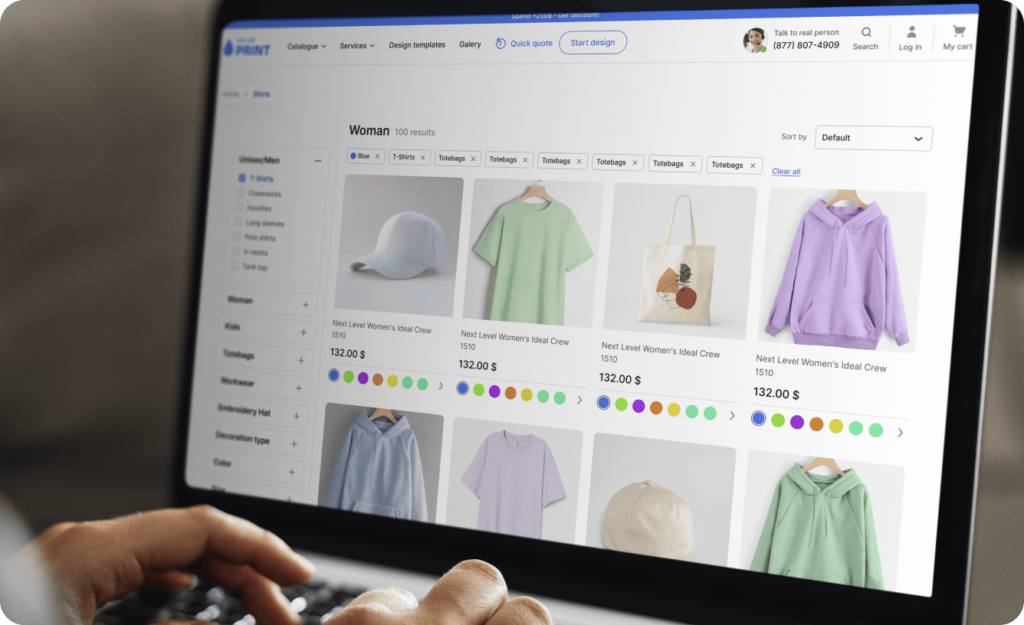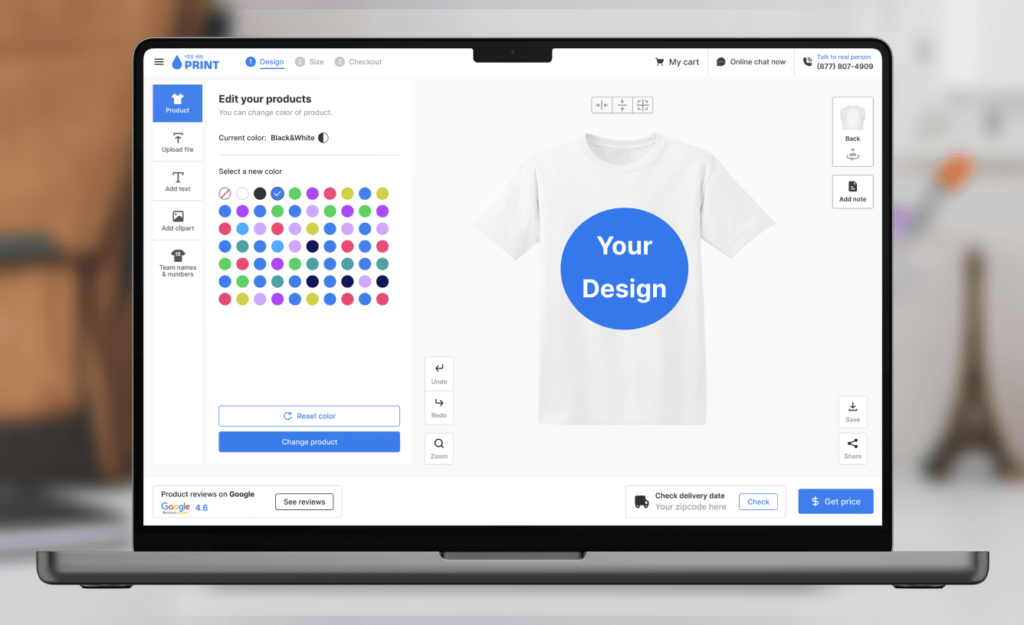More Options, Better Prices.
Helping Denver customize & personalize apparel since 1982.
Let us assist you in getting the best quality at an affordable price.
It’s fast and easy, you can design and order here!


Shipping Perks
Fast, Free, Reliable

Satisfaction Guarantee
Love It, Guaranteed

Customer Service
Support That Cares

Nontoxic Printmaking
Safe Inks, Pure Art
Your one stop shop for customizing & personalizing garments, DTG printing, apparel, sportswear, clothing accessories & embroidery shops Denver.
Your complete solution for ALL apparel decoration from one full-color tee or hoodie to bulk and wholesale orders. Dedicated to serving the Denver Colorado area. Glad you found us…. come on in, there is a ton of information about all the processes used in creating your own custom t-shirts and apparel.
ALL WORK DONE IN-HOUSE !
FOUNDED IN 1982, WE ARE ONE OF COLORADO’S OLDEST CUSTOM T-SHIRT & GARMENT SCREEN PRINTING SHOPS!
We offer more options and better prices on garment decoration than most shops in Denver. Need just one full color? Want to create your own artwork for custom tees? You’ve come to the right place. We do it all in-house at our Lakewood Colorado t-shirt printing shop where we have been decorating and imprinting custom apparel since 1982!
3 Easy Steps
1
Choose product & click “Start Designing”

2
Add your own design

3
Get a Quote. Our design team will will do the rest

Learn more about garment decoration. Get deals & info about new products
Blog subscribers get email updates monthly. Automagically
TESTIMONIALS
What Our Clients Say
4.9
Average Customer Rating

Affordable Printing
Lorem ipsum dolor sit amet, consectetur adipiscing elit. Ut elit tellus, luctus nec ullamcorper mattis, pulvinar dapibus leo.

High Quality Printing
Lorem ipsum dolor sit amet, consectetur adipiscing elit. Ut elit tellus, luctus nec ullamcorper mattis, pulvinar dapibus leo.

US & Global Shipping
Lorem ipsum dolor sit amet, consectetur adipiscing elit. Ut elit tellus, luctus nec ullamcorper mattis, pulvinar dapibus leo.



